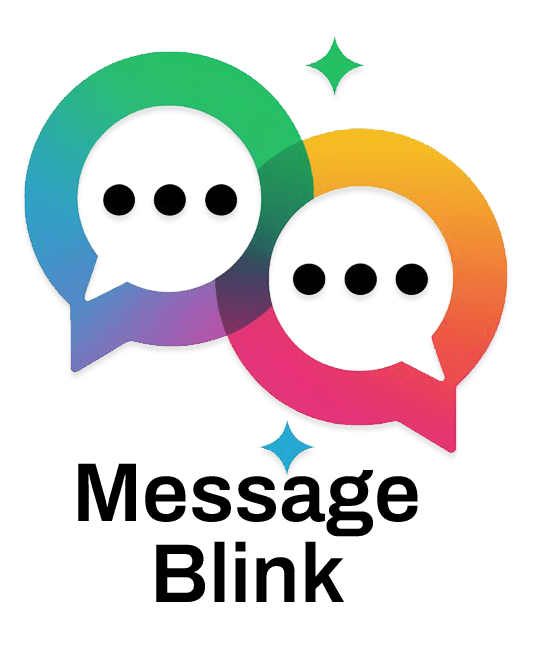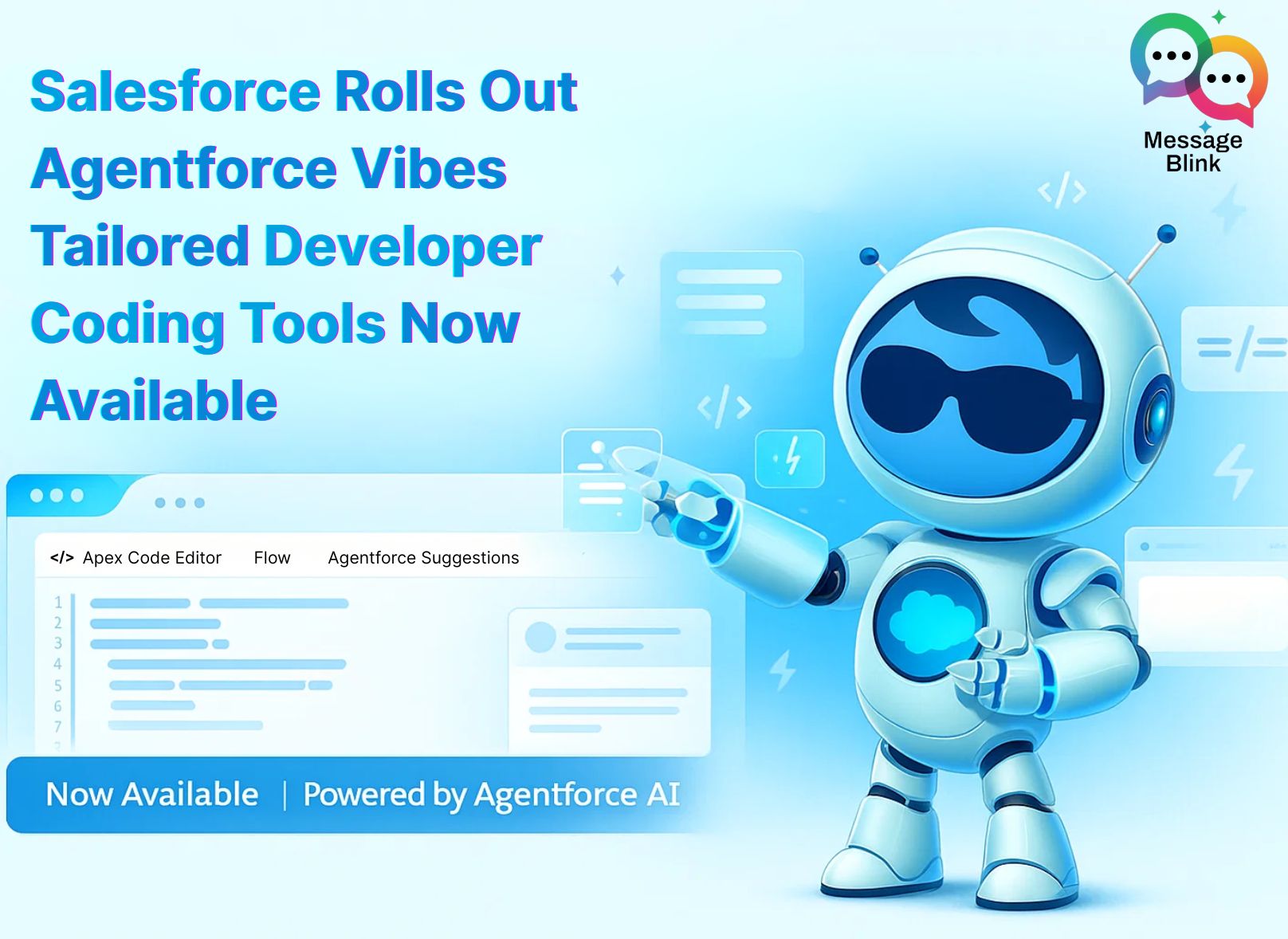When innovation meets intention – that’s what Salesforce is aiming for with its newly announced Agentforce Vibes, a set of “vibe-coding” tools built specifically for developers working within the Salesforce ecosystem.
This launch brings vibe coding to the forefront, offering ways for teams to create, test, and deploy applications through AI assistance. For Salesforce developers, admins, and tech leads, this means access to features that align with daily workflows, drawing on familiar platforms like VS Code.
What Is Agentforce Vibes?
“Vibe coding” is a rising paradigm where developers input high-level, conversational instructions into AI assistants that generate code proposals, stubs, or full features in return.
Agentforce Vibes provides Salesforce developers with an AI-powered coding assistant embedded in popular IDEs such as Visual Studio Code and Salesforce Code Builder, designed to help developers build, debug, test, and deploy Salesforce apps and agents – all from within the environments they already use.
It’s meant to integrate smoothly with existing Salesforce tools like Sandboxes, Code Analyzer v5, DevOps Center, and metadata layers.
Inside the New “Vibe Coding” Experience
Vibe coding flips traditional development by turning conversations into actionable code. Imagine outlining a feature like a dynamic user interface and watching the AI generate Apex classes, JavaScript, or HTML on the spot. This approach draws on project context, such as your organization’s metadata, to ensure outputs match existing standards.
In practice, you interact with the tool much like chatting with a colleague. It handles planning, coding, and even debugging through natural prompts. For Salesforce admins overseeing teams, this reduces the learning curve for new members, while tech leads can use it to prototype ideas quickly. The experience builds on tools you’re likely already using, making it a natural addition to your toolkit.
Key Features of Agentforce Vibes
At the heart of Agentforce Vibes is Vibe Codey, a conversational agent built to assist developers like a co-pilot.
Key capabilities include:
Context-aware “Plan” mode: It understands your Salesforce schema and project context.
Agentic code generation: It can generate Apex, JavaScript, HTML/CSS, and more, using various models like GPT-5 and others.
Checkpoints & rollbacks: Safeguards to back out changes if needed.
Automated testing & test case creation: Helps you maintain quality from the start.
Bug resolution & refactor suggestions: Let the AI propose fixes or simplifications.
Natural language DevOps: Deploy or manage environments via conversational commands.
Because Vibe Codey is built with Model Context Protocol (MCP) support and is extensible, it can interoperate with other agentic tools or local models in more advanced setups.
Built-In Guardrails & Governance
A big selling point is that Agentforce Vibes is constructed with enterprise-grade security and governance in mind. Rather than just being a creative tool, it’s meant to be safe, auditable, and compliant with Salesforce’s trust layers.
Developers can build and test in isolated environments (Sandboxes), use code analysis for performance, security, and standards adherence, and roll out with confidence.
Why Agentforce Vibes Changes the Game for Salesforce Developers?
This tool shifts how teams approach development by automating the basics and freeing up time for innovation. In Salesforce environments, where custom agents and integrations are key, vibe coding cuts down on manual coding errors and speeds iterations. Admins benefit from easier maintenance, as generated code follows consistent patterns. Overall, it levels the field, allowing smaller teams to tackle ambitious builds that once required more resources.
For those tracking Salesforce trends, this aligns with a push toward agentic development where AI handles execution, and humans guide strategy. It’s particularly useful for greenfield projects or rapid fixes, potentially reducing project timelines significantly.
Use Cases & Getting Started
Here are scenarios where Agentforce Vibes shines:
Rapid prototyping: Build MVPs or test ideas fast.
Greenfield development: Build new apps with fewer constraints.
Conversational refactoring: Ask, “Can you simplify this method?” or “Extract this logic into a service class.”
Lightning Web Component (LWC) scaffolding: Quickly spin up UI + backend wiring.
Bug resolution and regression fixes: Let Vibe Codey propose solutions.
DevOps tasks via conversation: Deploy, rollback, review via natural language commands.
To get started, developers will use a VS Code- compatible IDE (or supported alternative), connect it to Salesforce metadata and the MCP server, and begin by giving conversational prompts to Vibe Codey.
Salesforce has made Agentforce Vibes generally available (though request quotas may be limited initially), with more scaling options expected in future releases.
Challenges & Things to Watch
Production readiness: While vibe coding is powerful for scaffolding and prototyping, full trust for mission-critical, large-scale systems may require oversight.
Model bias & errors: AI may suggest suboptimal or insecure code; you’ll still need code reviews and tests.
Training cost & compute: Running advanced models or custom MCP extensions may require infrastructure or licensing investment.
Adoption & change management: Developers may resist new workflows until reliability and value are proven.
Conclusion
With Agentforce Vibes, Salesforce is signaling that AI & conversational coding are not peripheral experiments – they’re becoming core parts of the development lifecycle. For teams already embedded in the Salesforce platform, this could reduce friction, increase consistency, and accelerate delivery in an era where speed matters.
The question is not “if” vibe coding will evolve – it’s how fast and how safely development teams adapt. And with built-in guardrails, context awareness, and extensibility, Agentforce Vibes may be one of the early enterprise tools bridging AI creativity with production engineering.


